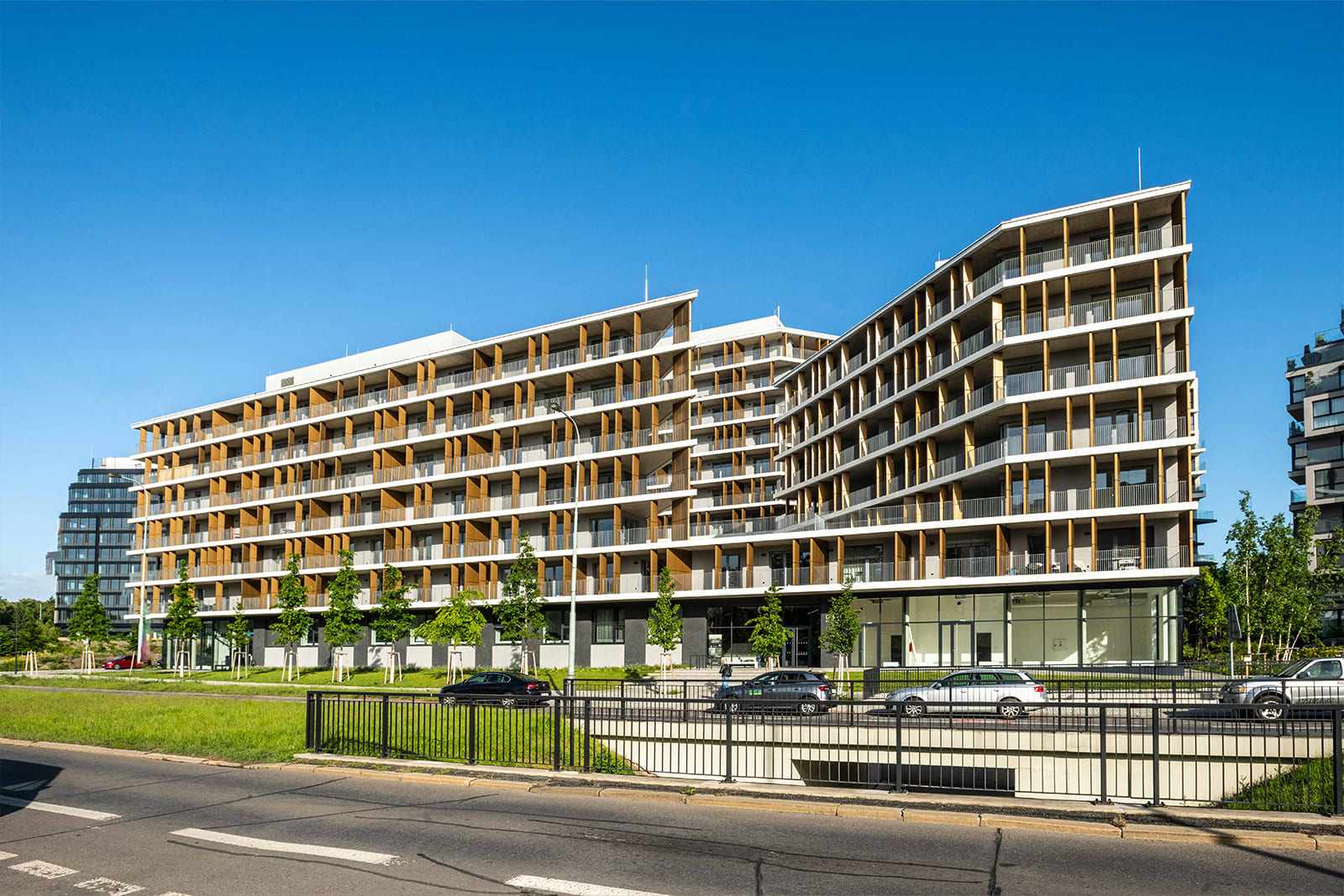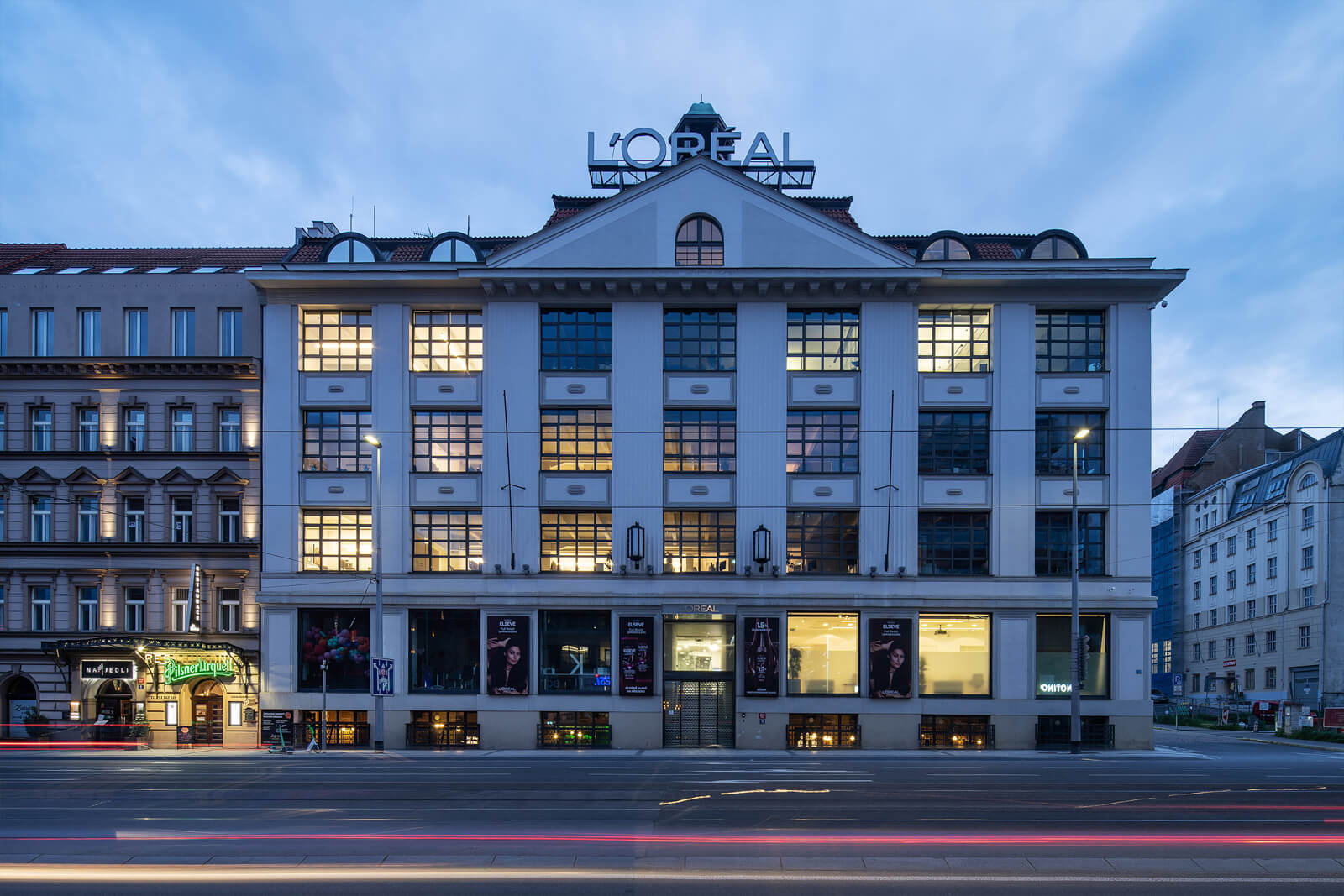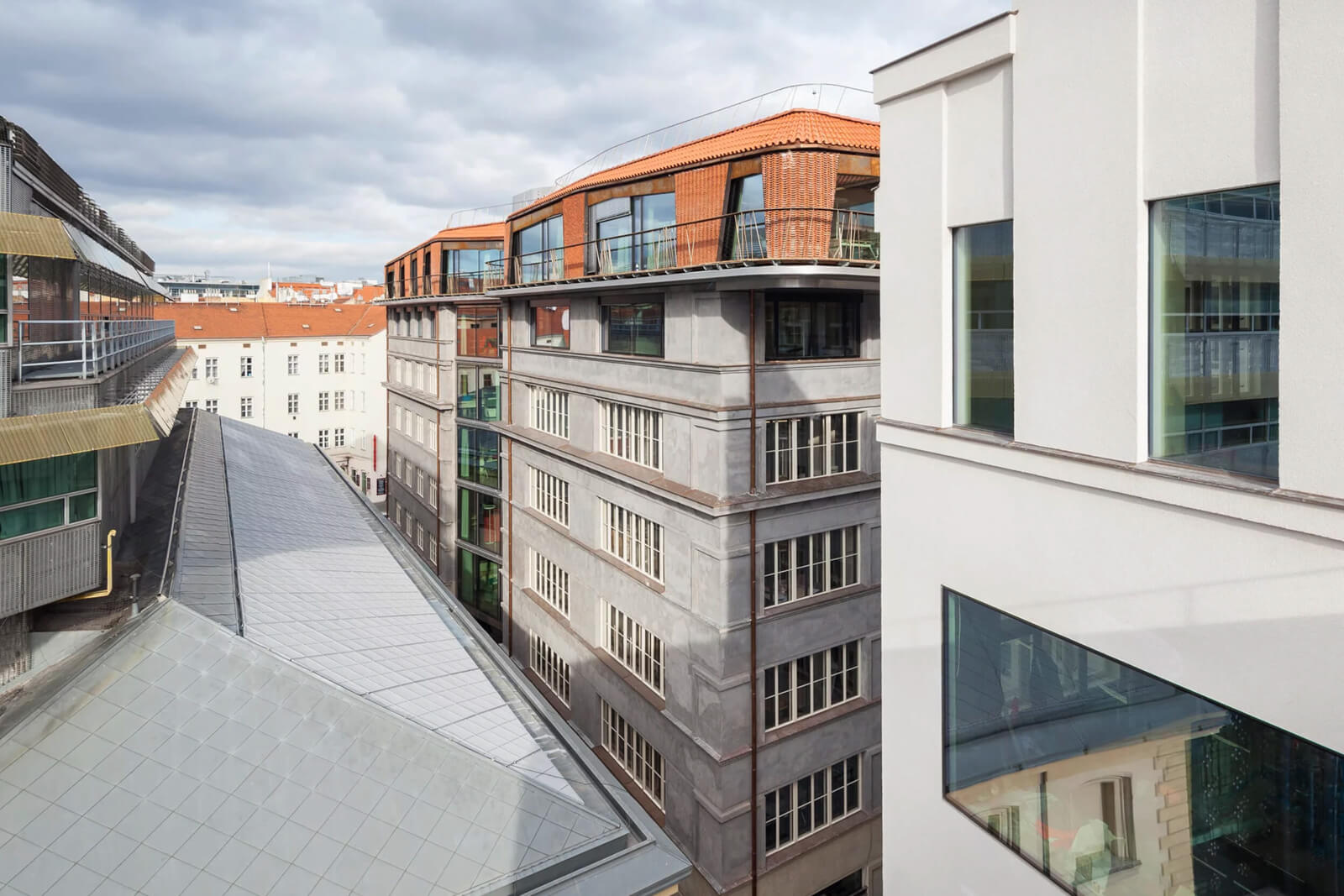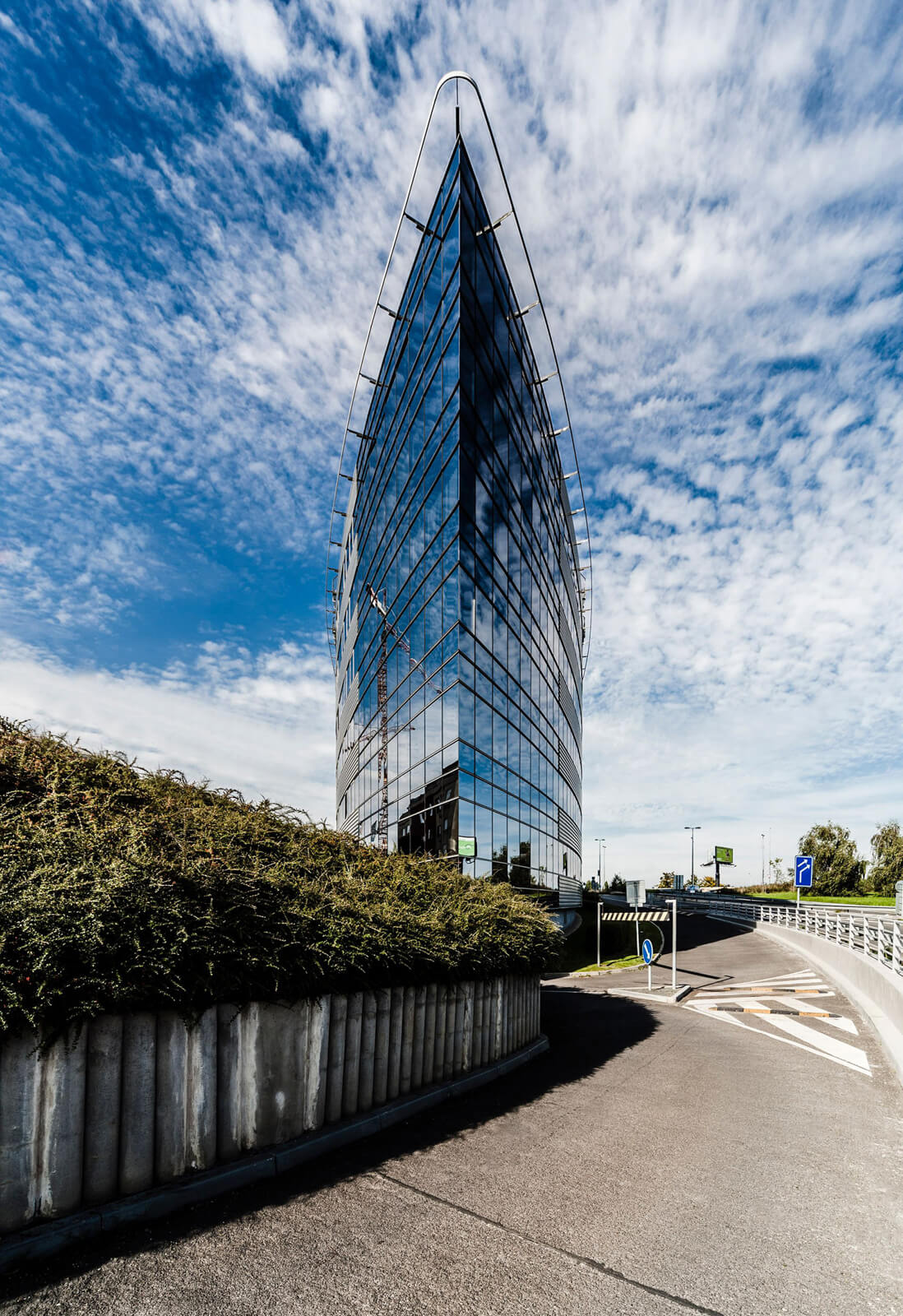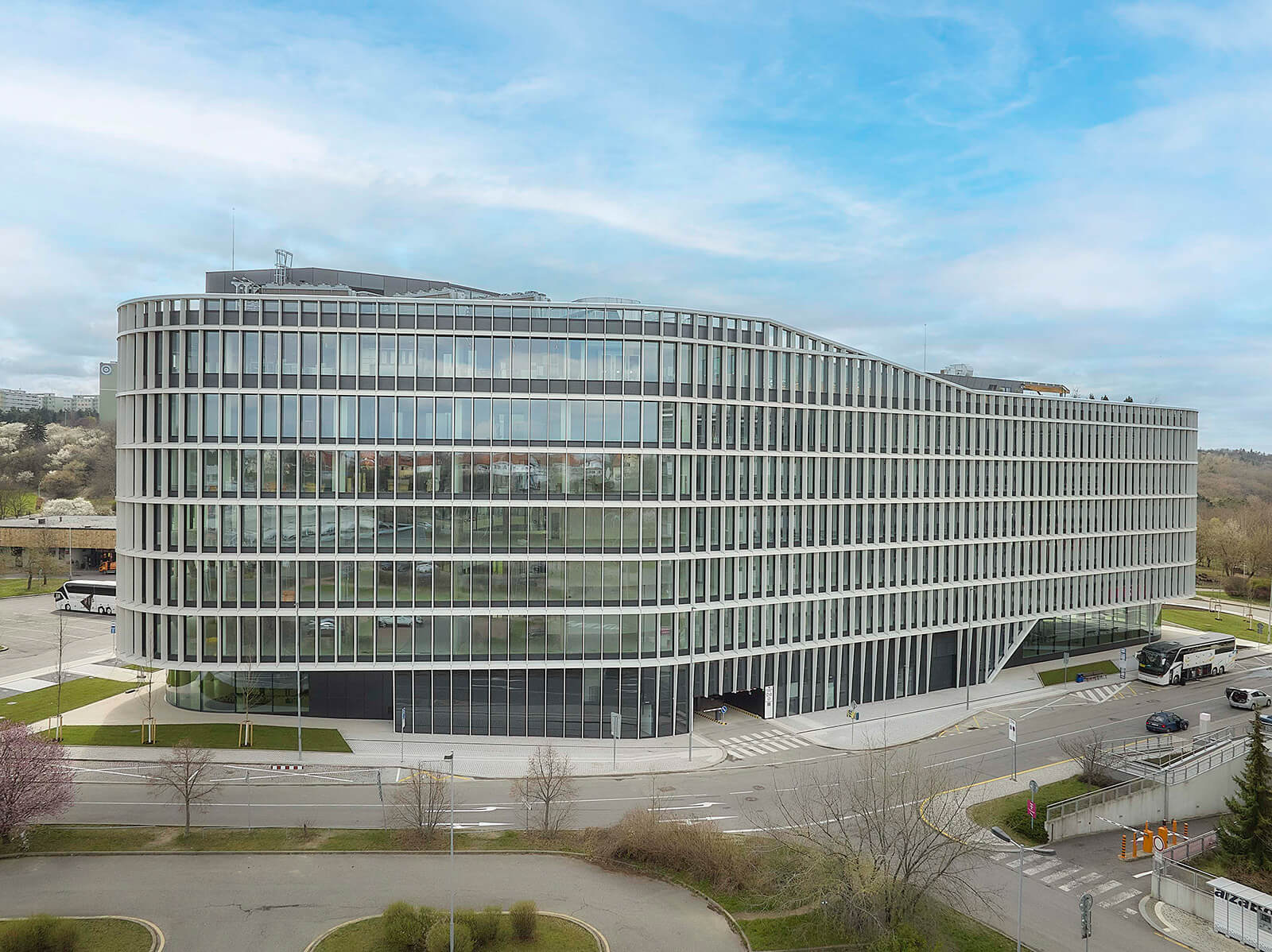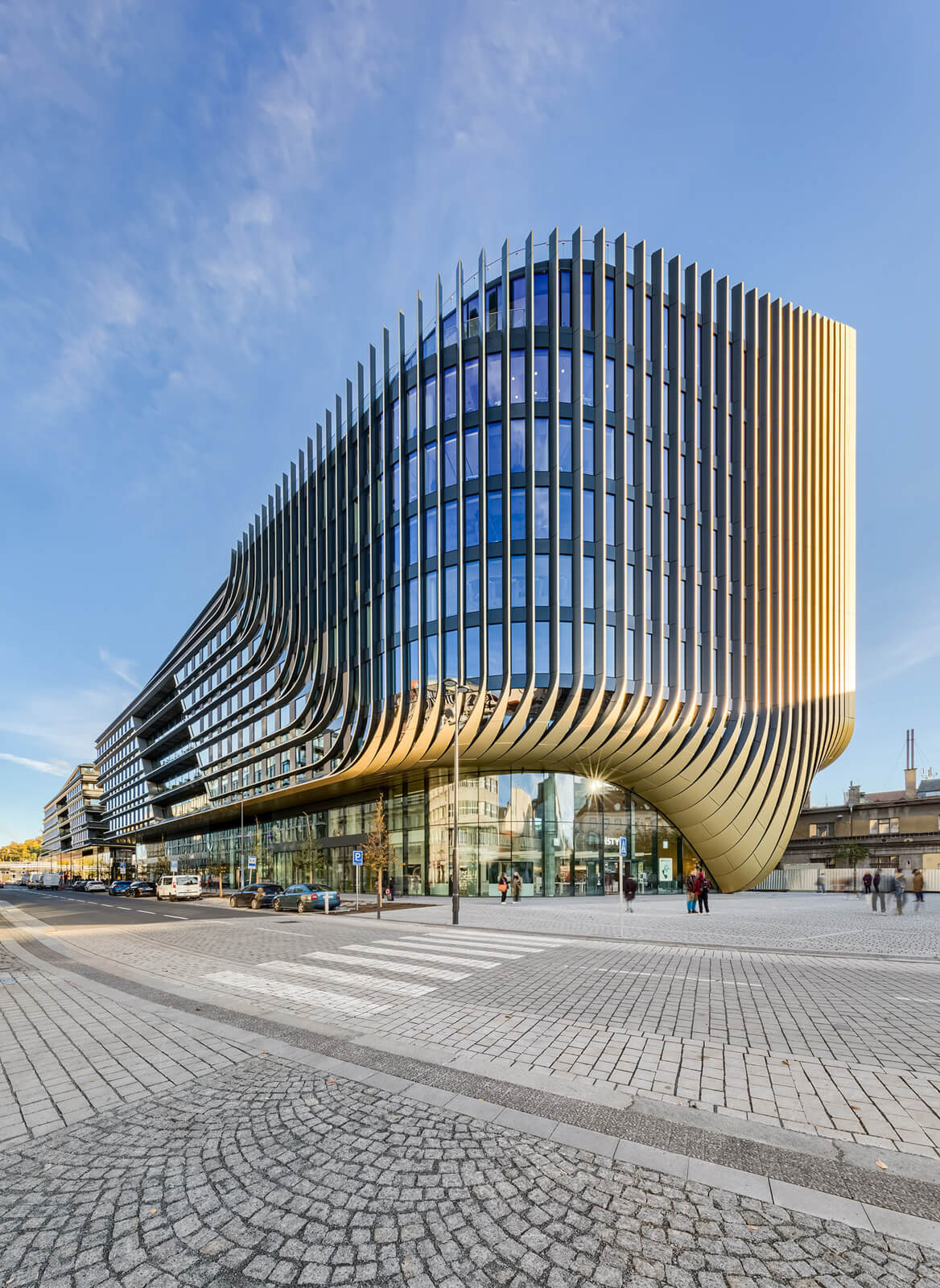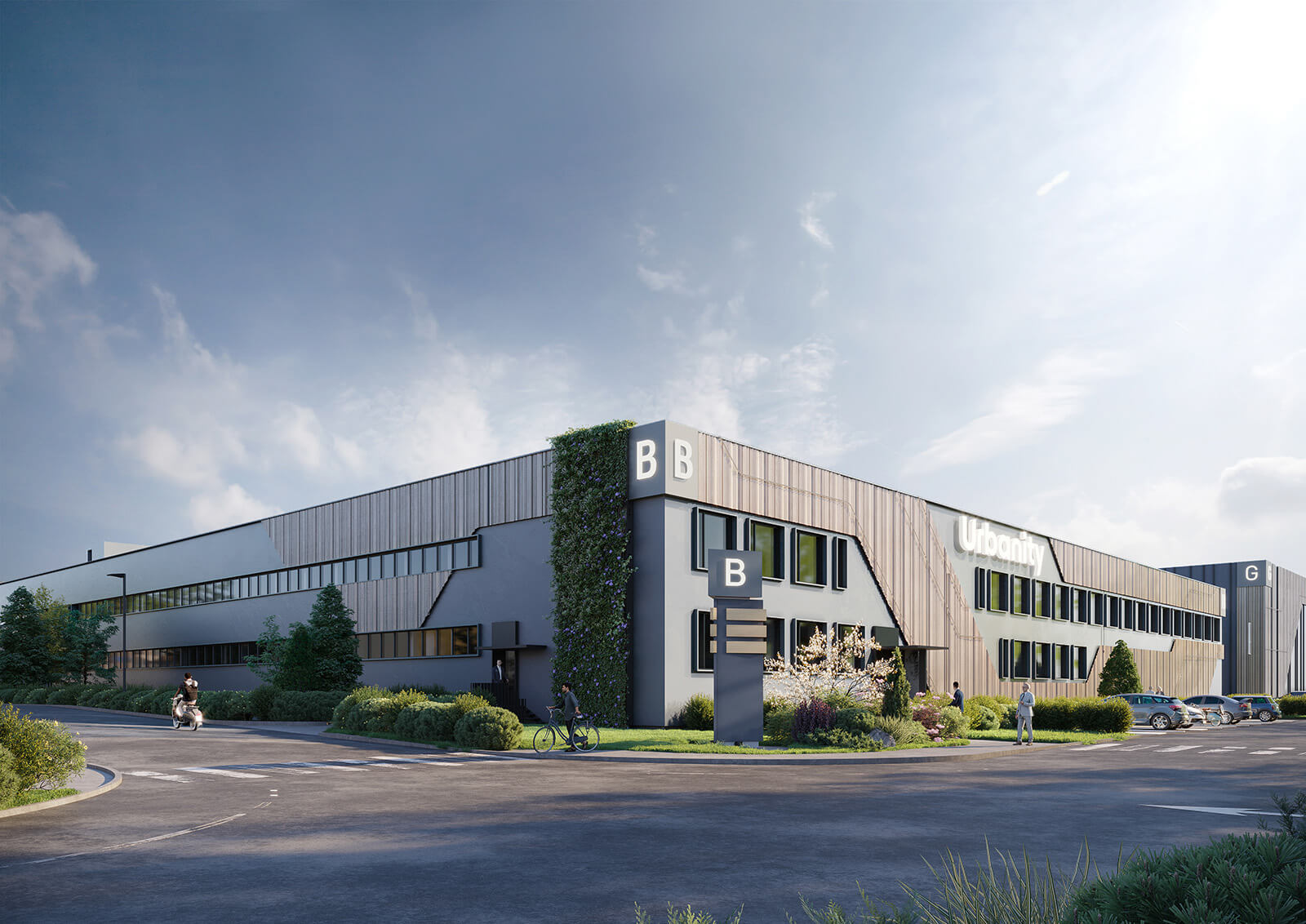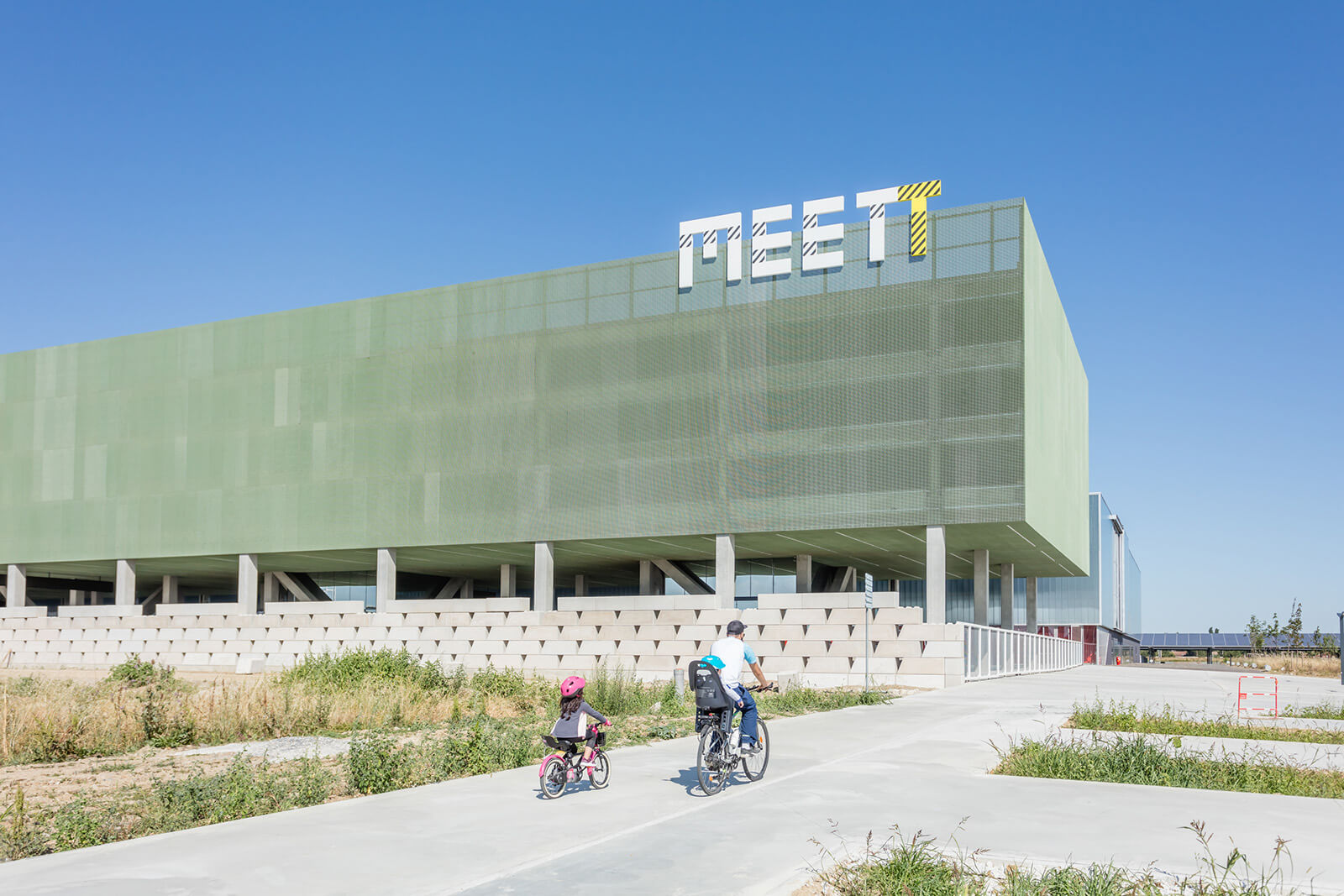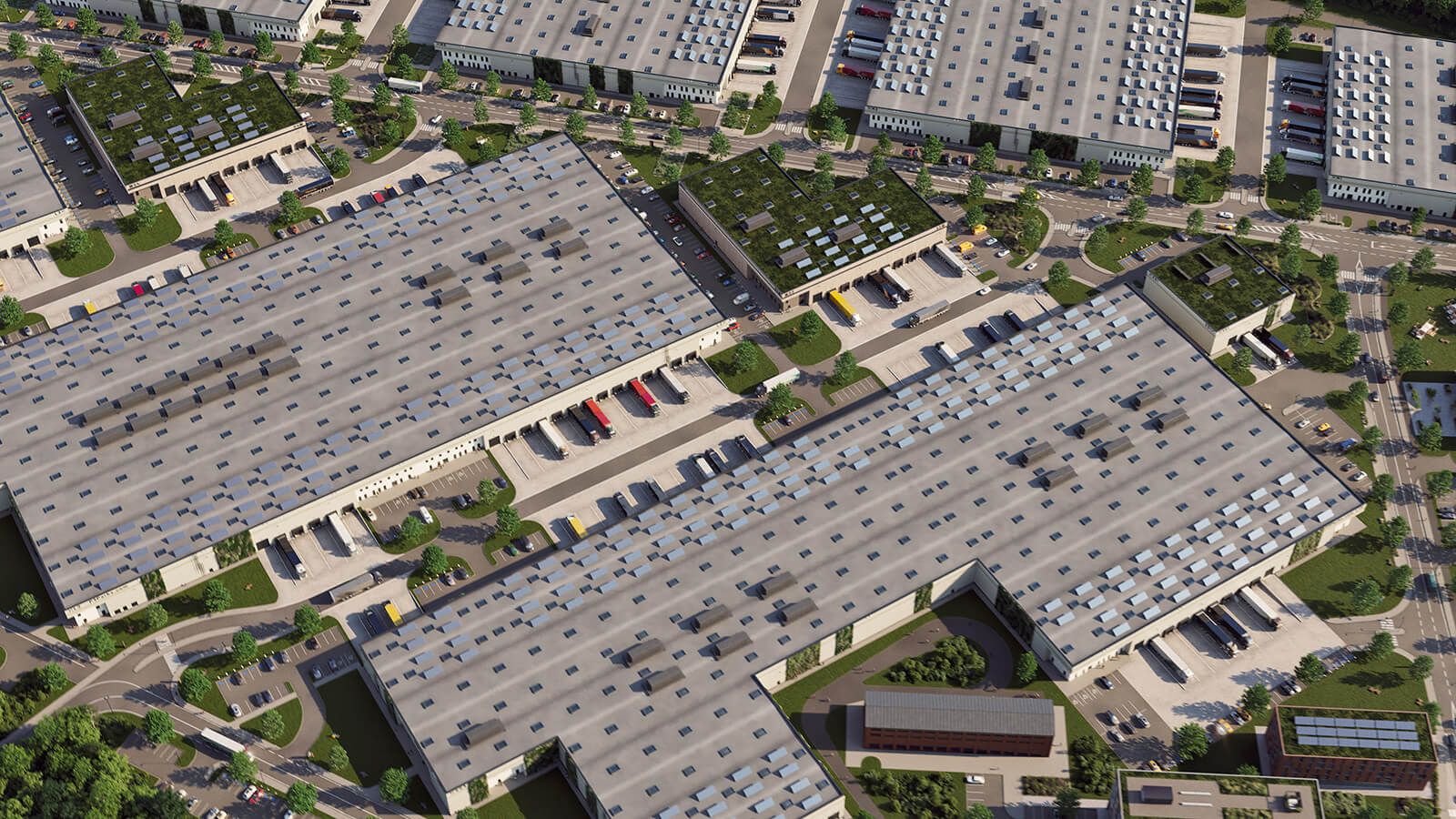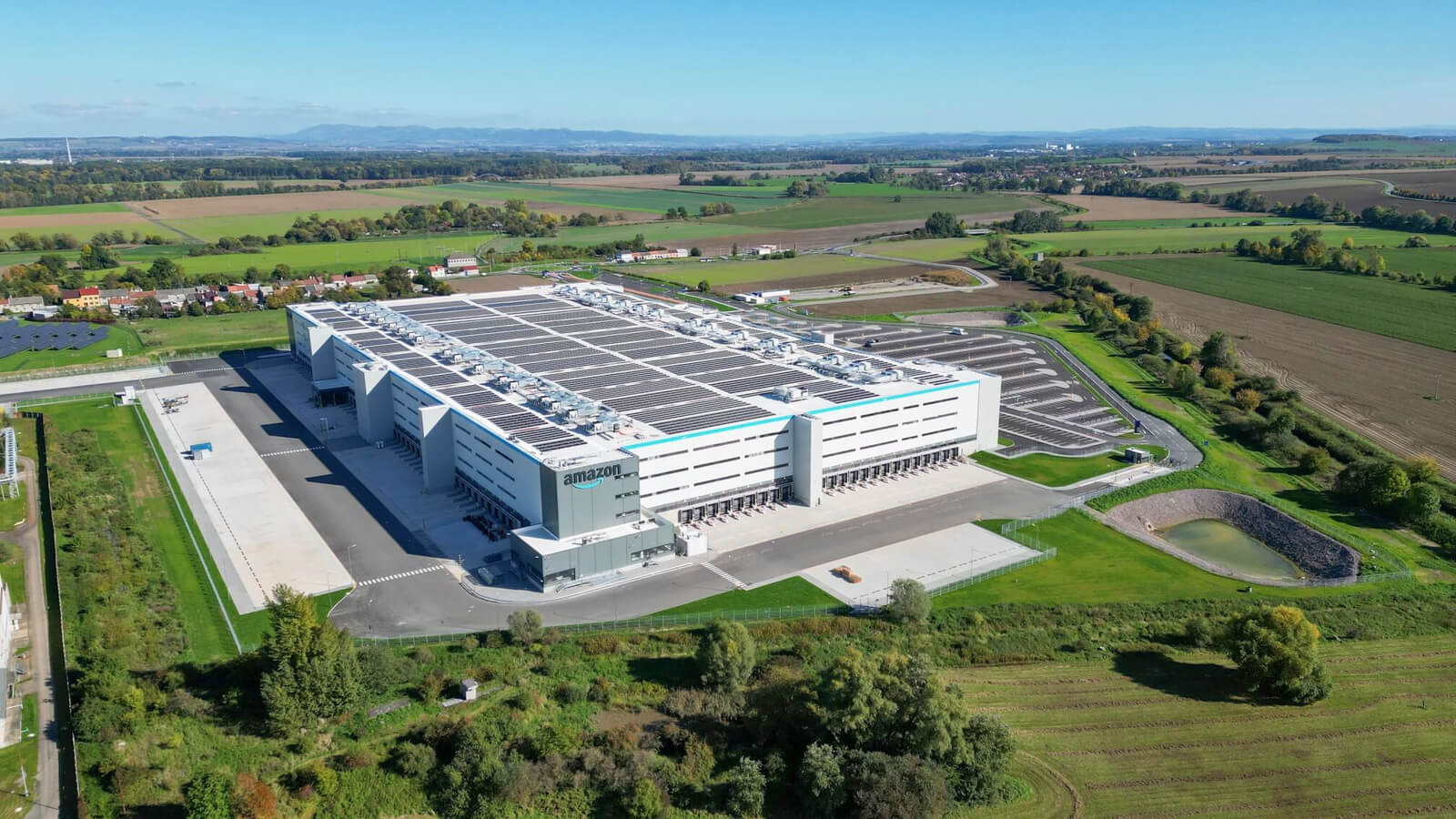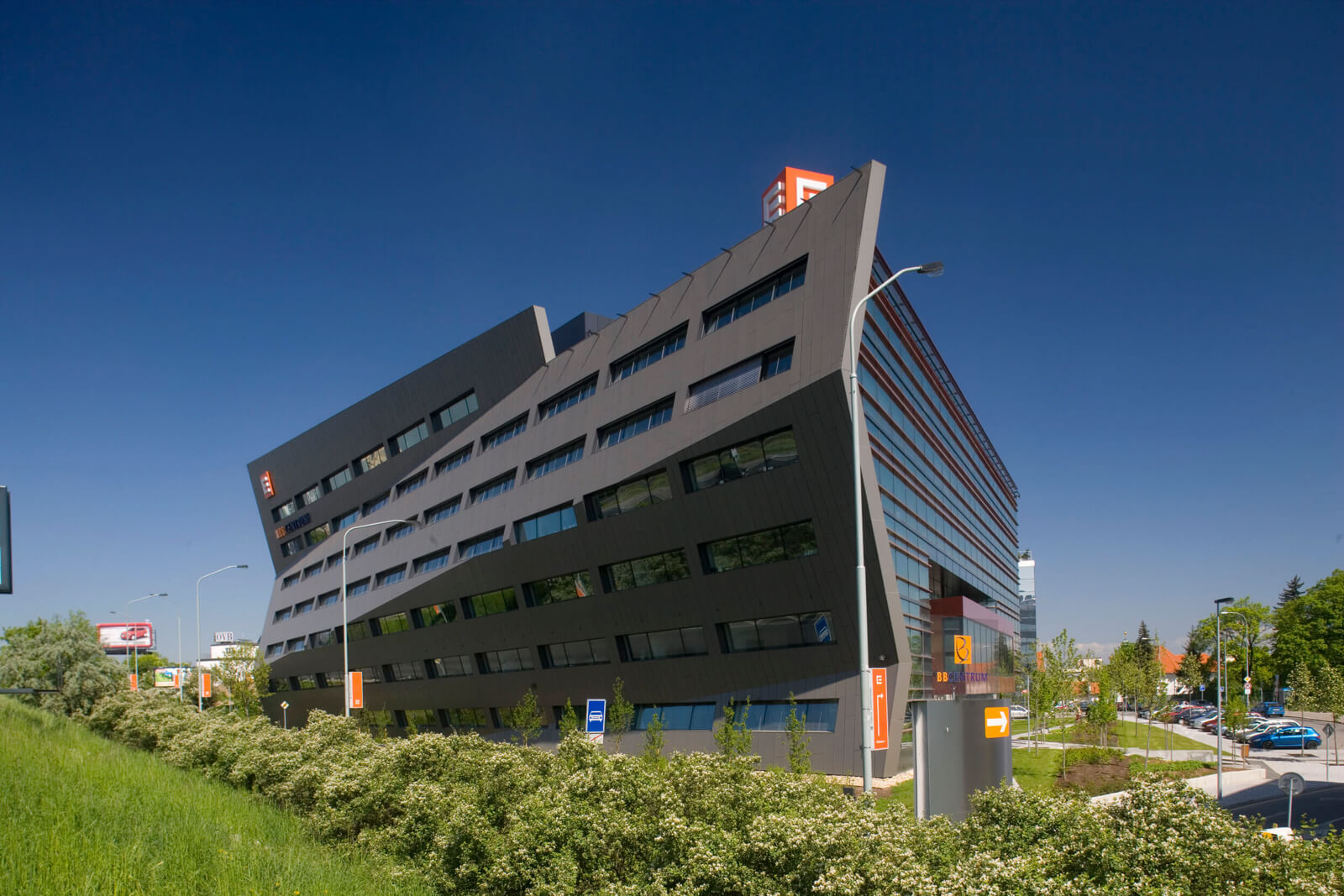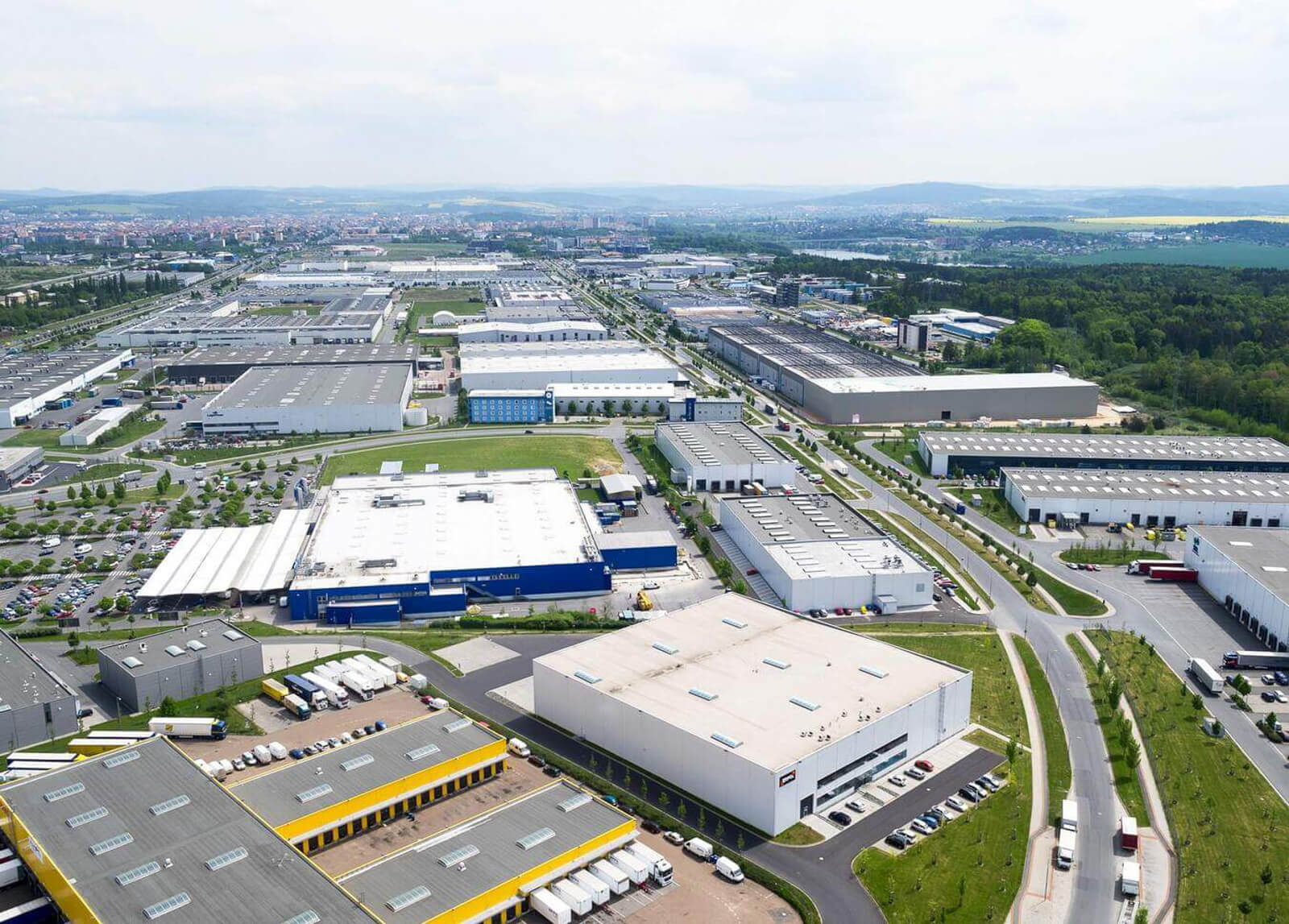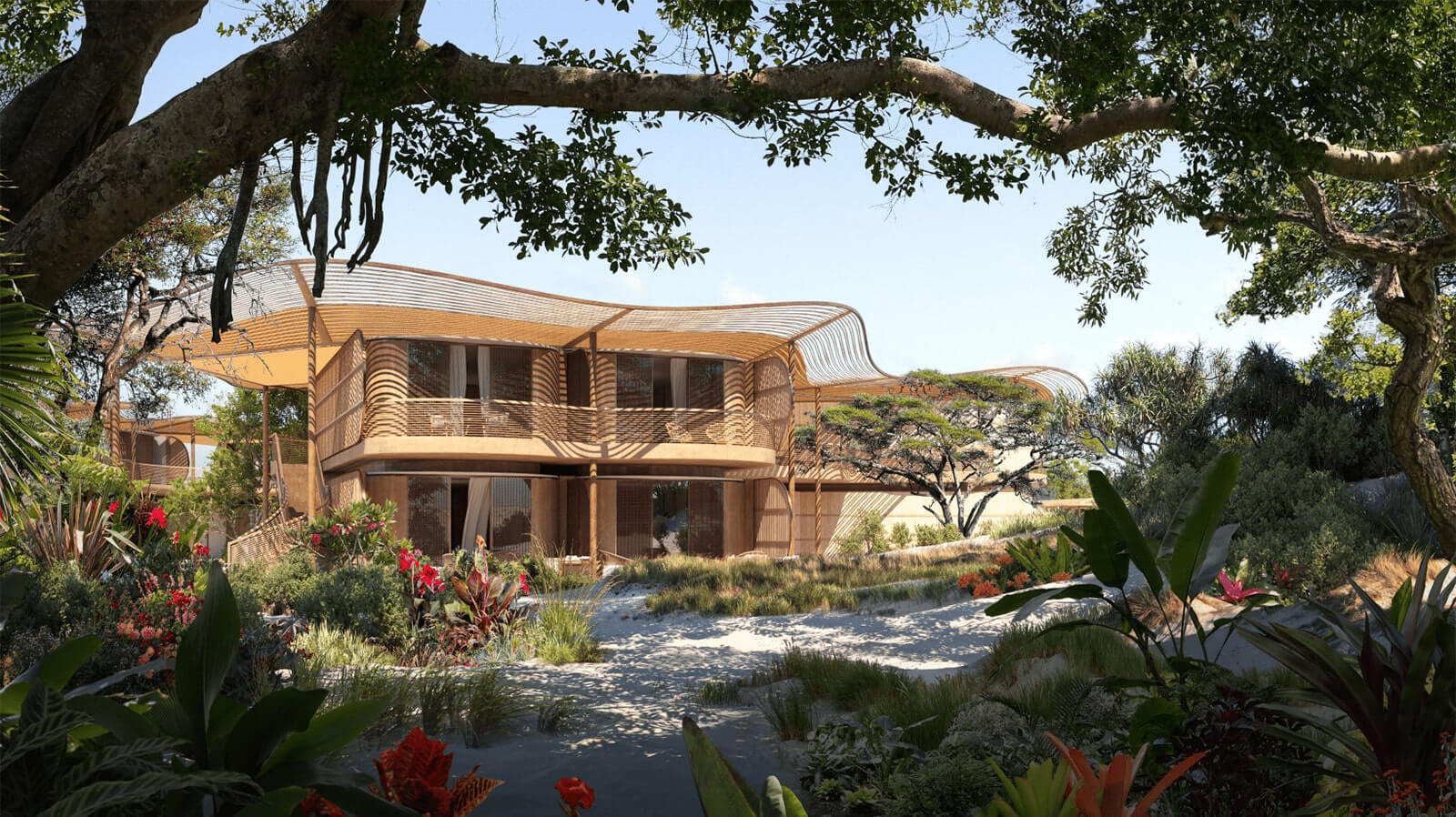
Sustainability
Sustainability
Grinity team has become a market leader for sustainable certifications and consultancy services in Europe. We not only provide certification services and advice, but our experienced team of civil and mechanical engineers is proactively researching and developing optimized solutions. Our services aim to achieve a positive, measurable impact on energy consumption, building operations, carbon footprint reduction, ESG, and the well-being of building occupants. We deliver the best possible outcomes for our clients and strive daily to improve their quality of life. Our in-house team of over 30 consultants and experts provides comprehensive services and expertise.
Sustainability services:
Green buildings certifications
Grinity provides all services related to the certification in-house for any type of project. This provides our clients with the benefits of having an experienced team working on all credits for a competitive price. Our key expertise lies in the synergy between all team members starting from civil and mechanical engineers to specialists in biodiversity, computational modeling, commissioning, thermographic survey, and many others.
We owe 54% of the Czech market in sustainable certifications and consultancy services.
• Pre-Assessment (Sustainability check) - identification of achievable certification level, including all related costs at the beginning of the project
• Turn-key certification - complete certification documentation for each criteria/credit including all specialists' services by the in-house team.
• Support and help the whole design team, general contractor team, and sub-contractor teams (including the support for the construction management process) during all stages of the certification process.
BREEAM New Construction
BREEAM Refurbishment and Fit-Out
BREEAM In-Use
BREEAM Communities
LEED BD+C – new constructions
LEED ID+C – fit-outs
LEED O+M – existing buildings
WELL certification
WELL Health&Safety Rating
DGNB – German system
Sustainable design consultancy
- Thermal comfort
- Thermal performance and bridging
- Indoor air quality
- Daylight studies
- Artificial lightning studies
- Wind studies
- Shading devices optimization
- Computational fluid dynamics
- Passive design implementation
- HVAC optimization
Building materials optimization
- Air pollutans minimisation
- Air pollutans measurement
- LCC (Life Cycle Costing)
- Recyclability
- LCA (Life Cycle Assessment)
- Sustainable procurement
- Design adaptibility and flexibility
- Maintenance optimisation
Energy efficiency
- Energy consultancy
- LZC (Low zero carbon) studies
- Optimize energy performance via Energy simulation
The calibrated energy model is a Dynamic Simulation Model (DSM), representing the real behavior of the building. The objective of the calibrated model is to provide an understanding of the behavior of the building. This applies to the past and the present, as well as the future. It is a testing platform that can be used with advantage - among other things - for example:
1) Monitoring the behavior of existing buildings
Verification of the correct operation of the building
Finding savings within the operation
Reduction of carbon emissions
Creating a healthy environment for users
2) Retrofit/modernization of the building
Testing of 'what-if' scenarios
Informed decisions regarding the profitability of investments (economic return, reduction of carbon emissions) -> reduction of investment risk
Monitoring whether the investments made provide the expected impact
3) Testing of resilience to climate change – in combination with a climate dataset predicting the development of the climate, the possibility of verifying the behavior of the building in the context of climate change
Impact on heating, cooling and ventilation energy consumption
Dimensioning of sources of cold, heat and terminal elements
Evaluation of thermal comfort
Verification of the sensitivity of adaptation measures, such as external blinds and shading elements, an adaptation of the glazing solar factor, or night pre-cooling of the building
- Building operation optimization
- Commissioning and retro-commissioning
- Systems parameters optimization
- Energy Audits
- Thermal imaging
- Energy performance certificates
Carbon Footprint
- Carbon footprint associated with company operation
- Carbon Footprint Calculation according to the GHG protocol – Scope 1, 2, 3
- Identification of all energy and material streams within the company
- Methodology for data collection and analysis
- Short-term and long-term carbon footprint analysis and reduction to achieve zero carbon company targets
- Corporate Sustainability Reporting
- Carbon emissions associated with buildings operation
- Identification of all energy streams used for building operation
- Methodology for data collection and analysis
- Measures leading to the carbon emissions reduction
- Life Cycle Analysis (LCA) of entire properties
- Embodied Carbon calculation by structure
- Cradle to Grave calculation
- Life cycle cost
- Embodied Carbon within construction and transportation
- Carbon Benchmarking
Green / Climate bonds
- Consultancy services related to Green Bonds principles
- The Green Bond Framework
- Quantitative and qualitative indicators methodology
- Sustainable bonds
- Climate bonds
- Social bonds
EU Taxonomy
Advisory related to buildings – new, refurbished and owned
- Minimum social safeguards
- Six environmental objectives
- Climate change mitigation
- Climate change adaptation
- The sustainable use and protection of water and marine resources
- The transition to a circular economy
- Pollution prevention and control
- The protection and restoration of biodiversity and ecosystems
Ecological value enhancement
- Biological diversity improvement
- Habitat recommendation
- Habitat and greenery management plan
- Greenery species assessment
- Reduction of water consumption
- Sustainable drainage system
- Green-blue infrastructure
- Food provision and healthy life style
